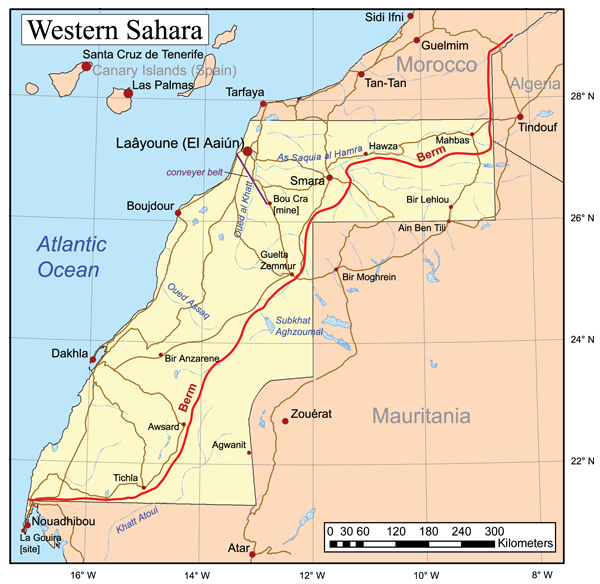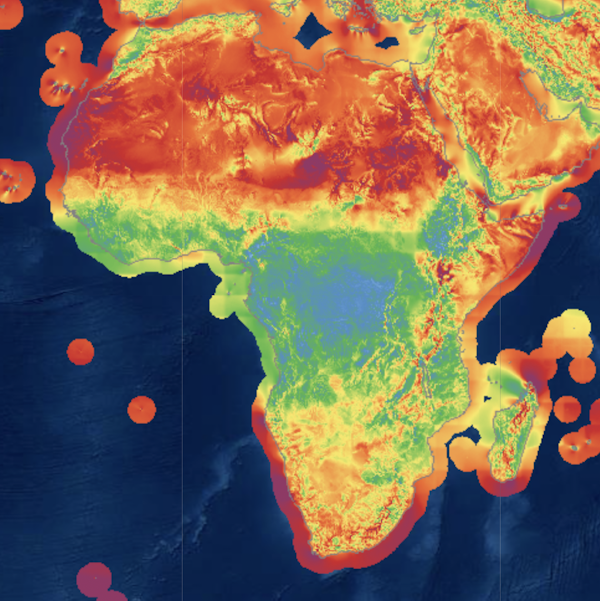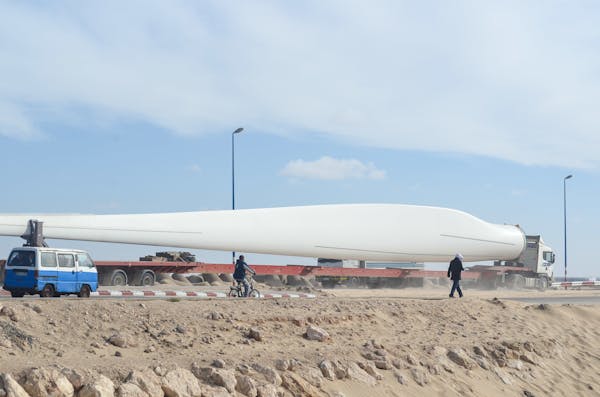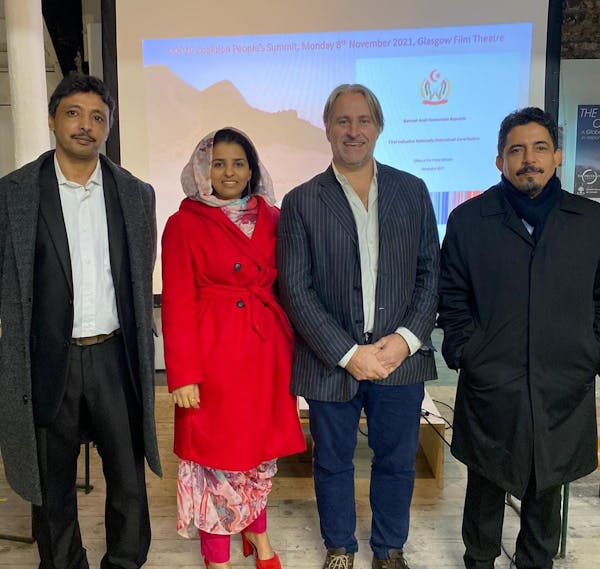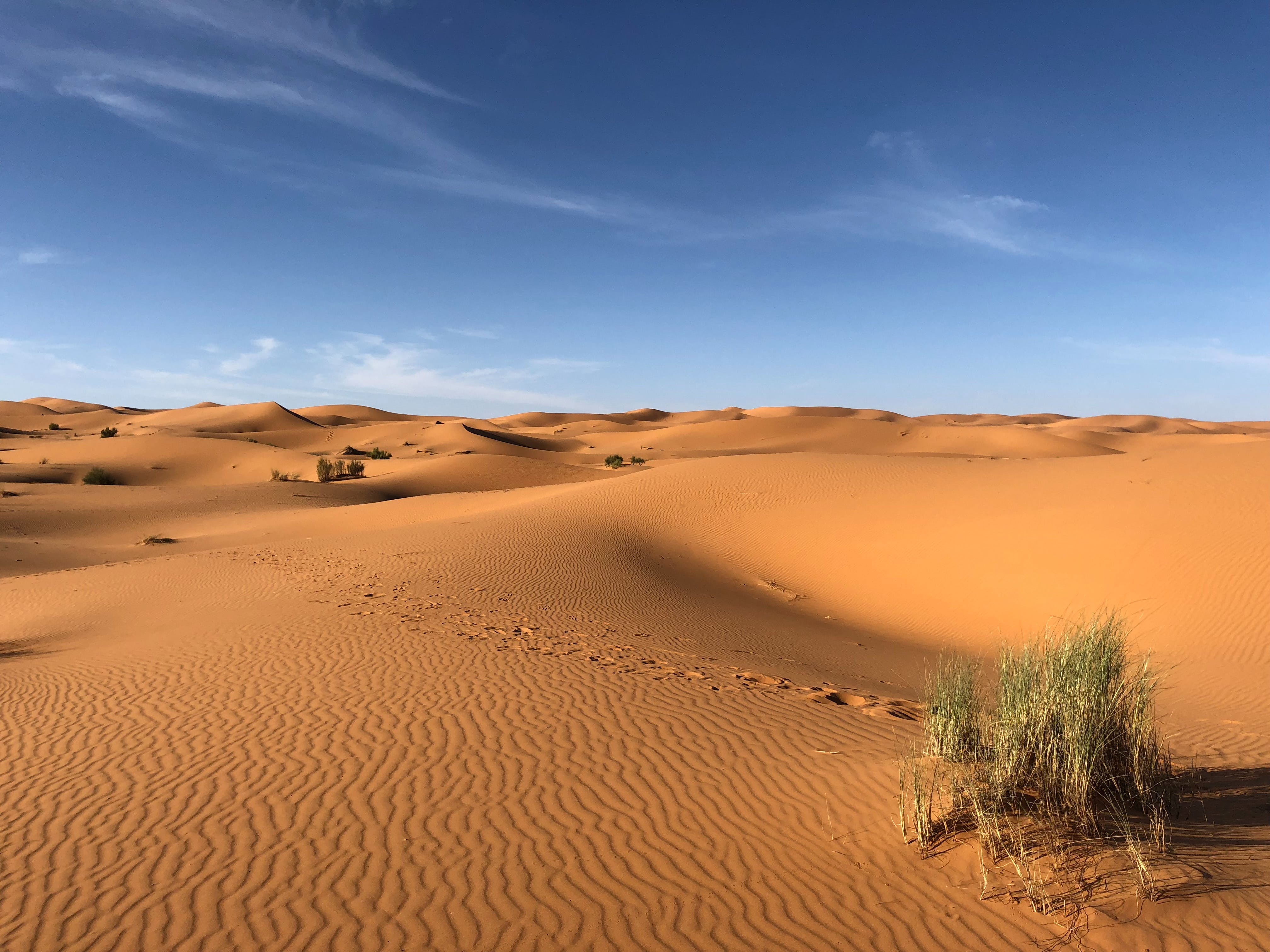
In the vast expanse of the Sahara Desert, a transformation is taking root—quite literally. Amidst the golden dunes and arid landscapes, Sahara circular gardens are emerging as oases of hope, pointing to a sustainable way forward in the face of increasing desertification. These meticulously designed green patches are symbols of human ingenuity and active combatants against the degrading soil and challenging climatic conditions of one of the world’s most unforgiving terrains.
Desertification refers to the process where previously fertile land degrades into desert. While natural climate fluctuations play a role, human activities—such as unsustainable farming practices and deforestation—have significantly accelerated the process. The Sahara, already the third largest desert globally, continues to expand, threatening local ecosystems and the livelihoods of millions.
This environmental phenomenon doesn’t just result in a loss of usable land. It disrupts local ecosystems, diminishes water resources, reduces agricultural productivity, and can lead to increased regional conflicts over dwindling resources.
Enter the circular gardens—concentric circles of vegetation that stand defiantly against the vastness of the desert. Here’s a breakdown of why and how Sahara circular gardens represent a beacon of hope in various ways.
Efficiency is paramount in regions like Senegal, where water is more valuable than gold. The design of Sahara circular gardens allows for a central water source, distributing the precious resource evenly to all plants. This hub-and-spoke model ensures that every drop is utilized to its maximum potential. The gardens, known locally as tolou keur, are the most recent incarnation of The Great Green Wall project.
These gardens are more than just a sum of their parts. Together, the plants work in harmony to create a relatively cooler micro-environment that maintains a higher humidity level than the surrounding desert. This microclimate is conducive to plant growth and offers a small reprieve from the otherwise harsh conditions.
The Sahara circular gardens’ genius lies in combining traditional desert farming techniques with modern agricultural knowledge. Local communities have long recognized the value of growing in concentric patterns, but today’s farmers are enhancing these methods with contemporary technology and insights.
Against the monochromatic backdrop of the desert, the Sahara circular gardens are vibrant hubs of life. They host a range of plant species, attracting essential pollinators and beneficial insects. This biodiverse setup supports the garden’s health and strengthens its resilience against pests and diseases.
Beyond the environmental benefits, these gardens have profound socio-economic implications. They provide local communities with a sustainable source of food and income. In an environment as challenging as the Sahara, the success of these agricultural initiatives can make a considerable difference to the economic well-being of the local populace.
Every plant in these gardens plays a role in healing the soil. As plants grow, decay, and get replaced, they return essential organic matter to the ground. Over time, this continuous cycle can restore the soil’s structure and fertility, combating the effects of desertification.
The gardens show that sustainable farming is possible even in adverse conditions. With carefully chosen plants, including those that naturally enrich the soil, these gardens can thrive with minimal external intervention.
The emergence of Sahara circular gardens is a testament to human adaptability and resilience. However, their proliferation also highlights the urgency of our environmental challenges. While these gardens offer localized solutions, they also underscore the need for global action against climate change and land degradation.
Researchers, environmentalists, and local farmers are keenly studying the potential and limitations of these gardens. As knowledge grows, techniques are refined, ensuring these green oases become even more effective in their mission.
The Sahara circular gardens are more than just innovative agricultural projects. They symbolize hope, resilience, and the indomitable human spirit. In the face of global challenges, they remind us that with ingenuity and collaboration, solutions can be found—even in the most unexpected places.
Source Happy Eco News


